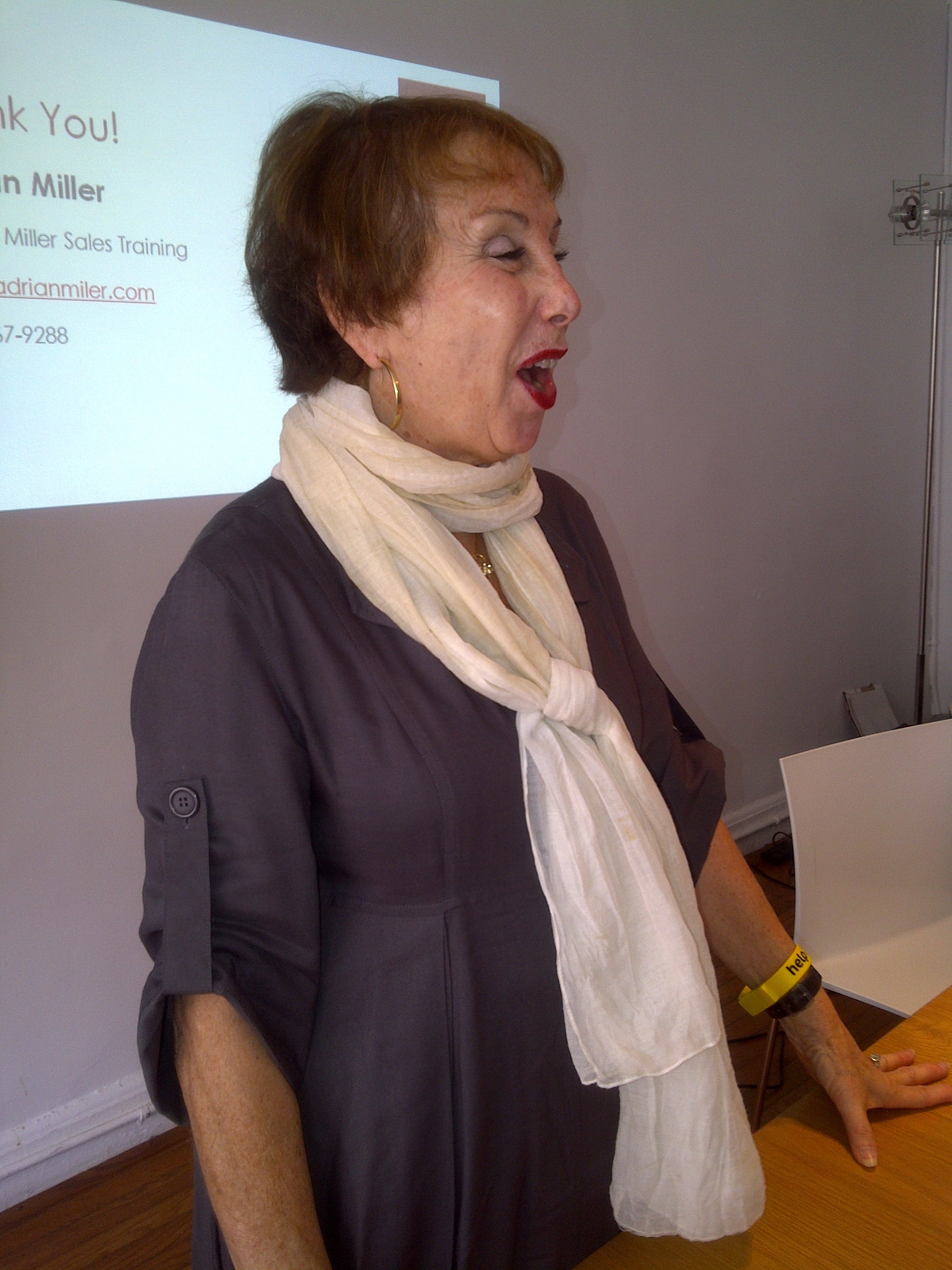Today was sunny and warm for November, so I decided to start my day a little later than usual. I drove to the post office to buy stamps. There were already people waiting and I was third in line. The doors opened at 8:30 a.m. Once inside, a postal worker appeared and instead of getting behind the window she made a beeline for the back office. All the windows were devoid of workers. Customers were lined up with nobody to serve them.
The postal worker didn’t say anything. She just left. We expected she’d be right back. After 15 to 20 minutes of waiting, I considered leaving. I asked the people in line, “Doesn’t the post office open at 8:30?” A man confirmed the time and said that the woman left and never returned to the window. At that point I left the line and started knocking on the window. Nothing happened. Then I went to the back door and started knocking. Nobody responded. When I walked back to the line the postal worker was behind the window talking to the first customer.
Then it was my turn to approach the window. As she was taking my order she said softly, “Sorry for the delay.” She offered no explanation. When she finished the transaction, she said “Sorry for the delay.” I didn’t respond.
I didn’t appreciate someone wasting my time. Had she offered an explanation, I could have mustered up some empathy. When I told my husband the story, he said, “It sounds like another incompetent worker.” I knew that wasn’t true. This woman had served me in the past and she was effective at her job. Maybe the reason she didn’t offer an explanation for her long delay was because the boss told her not to say anything. Who knows?
Lateness is never a sign of good service and it’s inevitable that there’ll be delays especially during the holidays. But when the service provider doesn’t communicate with customers they create their own stories and the customers feel frustrated, angry and disrespected.
What if she announced that she had to go to the back office and would be with us in a few minutes? At least we would know what to expect and wouldn’t feel dismissed . What if she had offered an explanation such as, “Sorry for the delay. We’re short staffed.” Most customers are tolerant when they have a reason for the lateness. When a worker or a leader doesn’t acknowledge the presence of customers or employees, it signals disrespect. The people feel invisible and unimportant.
What is the leadership communication lesson we can learn from this postal worker?
· Communicate, Communicate, Communicate
· Let people know what to expect.
· When things don’t work out, give them a reason.
These principles will build trust and respect and can prevent conflicts from escalating.
How do you handle delays? How do you manage people’s expectations?


 The most difficult part of an advertiser's job isn't coming up with game-changing, original ideas. That's what they do day in and day out. The most difficult part is selling those ideas to clients—or, the pitch.
The most difficult part of an advertiser's job isn't coming up with game-changing, original ideas. That's what they do day in and day out. The most difficult part is selling those ideas to clients—or, the pitch.


 The other day I was on my way to Hilton Head South Carolina.
I boarded the airline which was on time. I sat back in my seat awaiting the usual safety drill. The attendant ended the announcement with "This is a no smoking no complaining flight. If you complain you'll be the entertainment - outside gone with the wind."
The other day I was on my way to Hilton Head South Carolina.
I boarded the airline which was on time. I sat back in my seat awaiting the usual safety drill. The attendant ended the announcement with "This is a no smoking no complaining flight. If you complain you'll be the entertainment - outside gone with the wind."